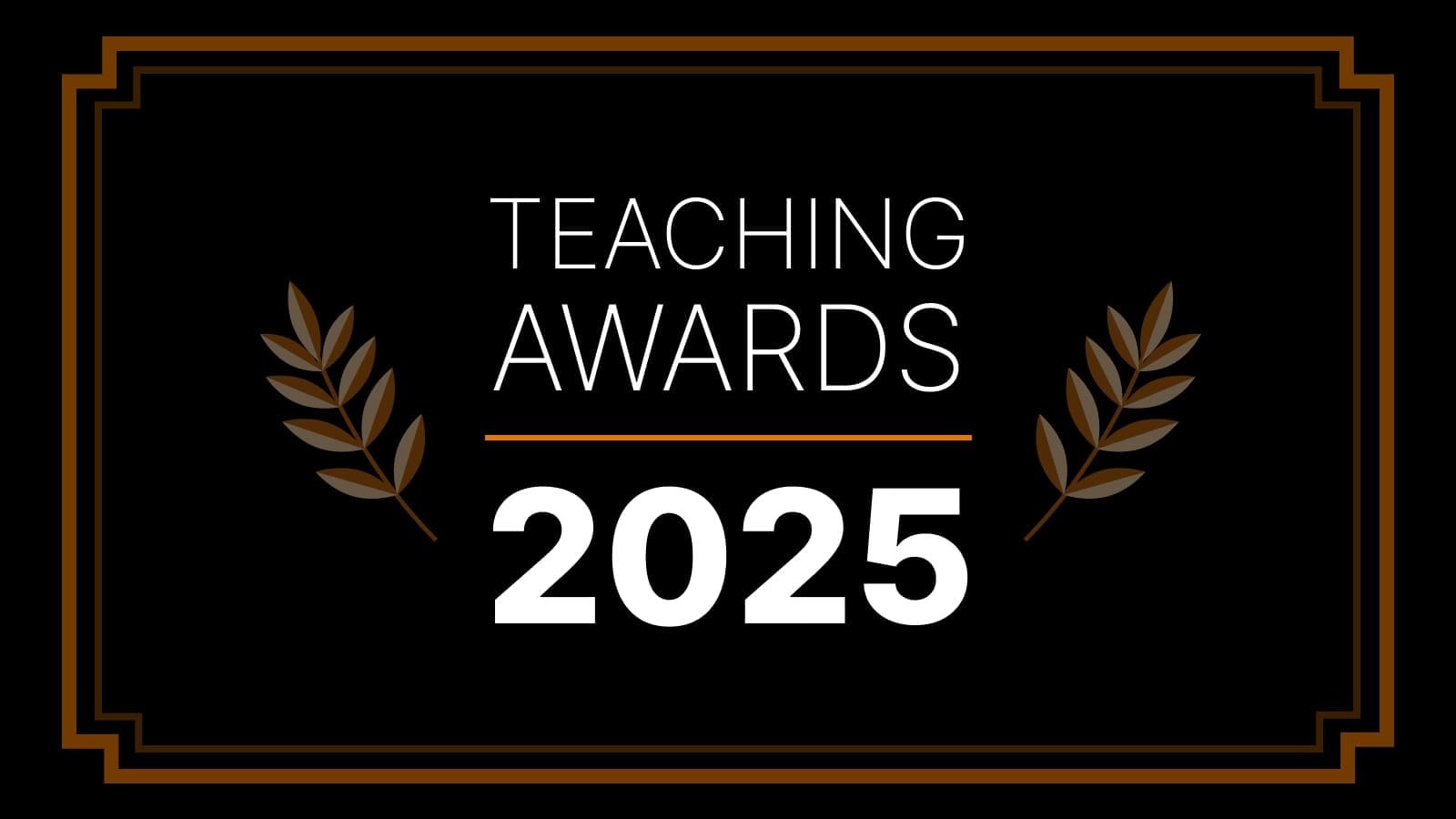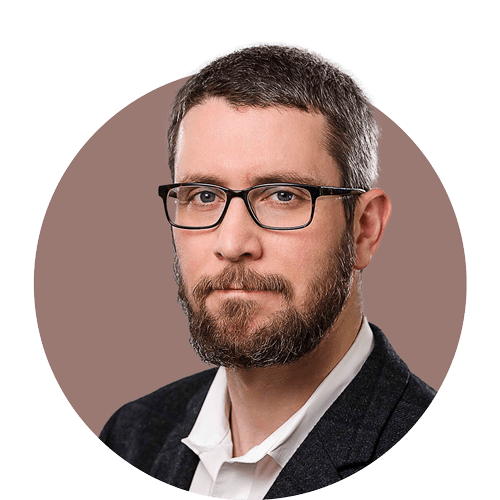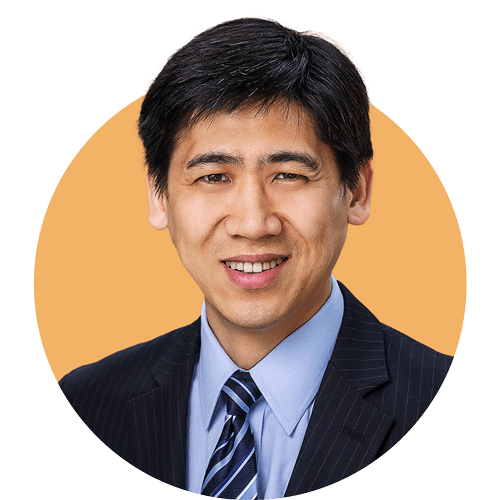#71
What new associate dean position was created in 2018?
View this post on Instagram
In 2018, the engineering school announced a new leadership position. “This position is critical to the future of engineering at Princeton,” said Emily Carter, who was dean at the time. “We aim to create solutions for the world’s most pressing problems; by recruiting talent from all backgrounds at all career stages who will provide firsthand, diverse perspectives, the solutions will be all the more impactful.” What was the name of this position, and who is the associate dean who filled it?
In 2018, Princeton Engineering hired Julie Yun as the first associate dean for diversity and inclusion. The office supports the engineering school in achieving academic excellence by recruiting and retaining individuals from diverse backgrounds and fostering a culture of belonging to unlock their potential for success. It runs programs such as preparing college seniors for grad school, and preparing grad students and postdocs for careers on the faculty, as well as Women’s History Month and Asian Heritage Month. As our dean, Andrea Goldsmith, said: “Our school, and the engineering profession, cannot reach their maximum potential without embracing the diversity of ideas and experiences that come from people of different backgrounds and creating an inclusive culture where all people can thrive.”
#72
“We’re really fostering an inclusive environment. That makes it feel special, and safe.” – Jenna Ott
View this post on Instagram
Jenna Ott, a graduate student in chemical and biological engineering, is a diversity fellow in the office of the Associate Dean for Diversity and Inclusion at Princeton Engineering. In her job, she works closely with the associate dean, Julie Yun, to reach a broader audience of underrepresented minorities to teach them about graduate school, and how a graduate course of study looks in the context of an engineering program. She works to help prospective graduate students know why a doctorate is worth pursuing, and what it takes to get one. “I am often shocked when people think they have to pay to get a Ph.D., and when they learn they get a stipend, that they don’t have to pay to be here, all of the sudden that information seems to open doors for people,” she said. In her own research, she works with assistant professor Sujit Datta to study soft matter. She is particularly interested in bacteria and heterogeneous media, how they transition to biofilms, and how that relates to the body and the environment. She said that in high school, she developed a passion for promoting women in engineering, which has helped her contribute toward Princeton Engineering’s effort to attract the widest diversity of talents. “We have so many people, faculty, staff, deans who support us. And we’re really fostering an inclusive environment. That makes it feel special, and safe,” she said.
#73
Where are Princeton’s imaging center and fabrication lab?
View this post on Instagram
Princeton Engineering is home to two laboratories with some of the most powerful equipment in the world. One is the Imaging and Analysis Center of the Princeton Institute of Materials. It offers high-end, state-of-the-art instrumentation and expertise for characterization of both hard and soft materials, including biological specimens, for use in research projects across campus. The other is the Micro/Nano Fabrication Laboratory, also known as the “cleanroom,” which almost entirely eliminates dust particles that could interfere with nanometer-sized structures. In 2016, these labs moved from Bowen Hall into larger, more modern quarters, designed expressly to optimize conditions for atomic-scale work. Into which building did these laboratories move?
In 2016, the Imaging and Analysis Center of the Princeton Institute of Materials, as well as the Micro/Nano Fabrication Laboratory (or “cleanroom”), moved into the new Andlinger Center for Energy and the Environment building. This building was designed to allow for optimal conditions for atomic-scale work. The building is anchored in the underlying bedrock so it’s unusually free of vibration: It moves at 30 microinches per second, instead of the typical 16,000 microinches per second found in most buildings. And to avoid electromagnetic interference, the analysis and fabrication area is encased in 100,000 pounds of ⅜ inch-thick aluminum. The heating and cooling system introduces incoming air in smooth sheets that move from ceiling to floor, to avoid air currents that could jostle the microscopes. The fabrication area includes 27,000 square feet of “cleanroom” space that almost entirely eliminates dust particles. Researchers there use thin-film deposition and micro/nano lithographic patterning techniques to fabricate devices and structures for electronic, photonic, micro-electromechanical systems, and biological applications. The IAC includes tools that can see and manipulate individual atoms and molecular bonds. It offers many materials and structural characterization techniques, such as scanning and transmission electron microscopy, focused ion beams, scanning probe microscopy, x-ray diffractions, and more.
#74
“We are at a turning point in terms of the ability to harness biological systems for the good of humanity” – Clifford Brangwynne
View this post on Instagram
As the inaugural director of the Princeton Bioengineering Initiative — which is intended to lead to a new institute in a new building — Cliff Brangwynne has big plans to foster new directions in research, education and innovation at the intersection of the life sciences and engineering. The initiative’s work includes research into biomedical devices and other technologies that interface with biological systems; data science approaches in biology and medicine; and biomolecular, cellular and tissue engineering for human health. These efforts will both depend upon and help find answers to the vast number of open questions about how biological systems work and interact. “We still don’t fully understand biological systems,” Brangwynne said. “Even the most humble single-celled organism is vastly more complex than anything humans can engineer. So we need to understand how these systems work, to utilize living systems and the principles behind their operation for various applications. But there is no question that we are at a turning point in terms of the ability to harness biological systems for the good of humanity.” The initiative got a boost recently with the creation of the The Gilbert S. Omenn, M.D, ’61 and Martha A. Darling *70 Fund for Grand Challenges in Bioengineering, which will allow the initiative to move rapidly on several fronts, including hiring post-doctoral investigators, seeding research, and starting a series of lectures on technical and societal frontiers of bioengineering. “Our message in creating this gift is to give Cliff, as director of the initiative, maximal flexibility,” said Omenn. Brangwynne has been widely recognized for discovering previously unknown structures within cells that affect a wide range of basic functions in living organisms. He is a Howard Hughes Medical Investigator, one of the highest honors in biomedicine, and has been honored with a MacArthur Fellowship and numerous other prestigious awards.
#75
Which Princeton faculty member established the program AI4LL?
View this post on Instagram
In early 2015, a Stanford University doctoral student approached her advisor, renowned artificial intelligence researcher Fei-Fei Li, with an idea for how to create more access for underrepresented people in the field of artificial intelligence. What started as a summer outreach program for high school girls at Stanford grew into a national nonprofit named AI4ALL, founded in 2017 with the goal of making AI technology more inclusive and beneficial to society. Later that year, that new Stanford Ph.D. joined the faculty of Princeton Engineering as an assistant professor of computer science, founding an AI4ALL program here. Today, there are AI4ALL programs at 16 sites. Who is this faculty member?
Each summer starting in 2018, rising 11th graders including girls and members of underrepresented groups take part in a new program designed to provide exposure to the world of artificial intelligence. The program had its roots at Stanford in 2015 when Olga Russakovsky was a graduate student there. After doing postdoctoral work at Carnegie Mellon, Russakovsky joined the faculty at Princeton Engineering as an assistant professor of computer science in 2017. The program is now at 16 sites, and Russakovsky is co-director of the Princeton program, and she remains on the board of the national program. She said it’s important to diversify the workforce behind the artificial intelligence systems we put into place. “If our field is very homogeneous – if we have people who only come from certain backgrounds, who only come from certain perspectives, who’ve read certain particular books as kids and were shaped by certain particular cultures, that’s inevitably going to propagate into the AI models that we’re actually building,” she said. Russakovsky was honored by the nonprofit organization AnitaB.org in 2020 for her work to fight bias in artificial intelligence through research and mentorship.
#76
“All of us work together to solve some of the biggest global challenges.” – Kofi Christie, postdoctoral research associate at the Andlinger Center for Energy and the Environment
View this post on Instagram
Kofi Christie is a postdoctoral research associate and Presidential Postdoctoral Research Fellow at Princeton Engineering. He works in the Andlinger Center for Energy and the Environment, where his research focuses on wastewater treatment and resource recovery. Here, he’s pictured in the Princeton WET (Water & Energy Technologies) Lab led by Z. Jason Ren. In the lab, members work at the intersection of water and energy, including in wastewater treatment and reuse. In this photo, Christie is working on membrane crystallization, a process aimed at recovering valuable salts in wastewater. The process uses creative methods to recycle materials that would otherwise be sent deep underground, or sent out into the ocean as waste. Instead, those materials could be recovered as carbonate minerals for various applications in the pharmaceutical, construction, and food industries. Christie said he loves how the Andlinger Center houses multiple disciplines in one place, and “All of us work together to solve some of the biggest global challenges: wastewater, energy generation, recycling, those sorts of things are truly important for us to achieve a sustainable outcome for our kids in the next generation.” And he said it’s great to be part of a community with so much global history. Michelle Obama went here. Einstein taught here.” He also mentioned Peter Singer, a leading animal ethicist, who is a professor of bioethics at Princeton. “I appreciate the intellectual rigor that goes into formulating those philosophical discussions. I like being part of the broader legacy that Princeton has shown to be valuable, and I’d like to be a part of creating the next generation of legacies, in terms of wastewater recovery and environmental science.” Ren recently won the 2021 Paul L. Busch Award from The Water Research Foundation for his work on reducing emissions from wastewater treatment.
#77
What center offers first-year foundational engineering courses?
View this post on Instagram
Since its founding 100 years ago, Princeton Engineering has emphasized the fundamentals of engineering sciences, and students later apply that knowledge to engineering design and practice through advanced courses and independent work. But in recent years, the school recognized the need to turn that approach on its head, offering a new sequence of math and physics courses for first-year undergraduates that fold in real-life engineering challenges from the beginning. These courses, entitled “Foundations of Engineering,” cover topics like mechanics, energy, and waves; the mathematics and shape of motion; electricity, magnetism, and photonics; and more. These courses are taught by Princeton Engineering faculty, and are sponsored by a center located within Princeton Engineering. What center is that?
Princeton Engineering undergraduates have long been required to take foundational courses in math and physics. But in a program that started in 2005 and was reintroduced in 2018, the Keller Center began offering these courses to engineering students with a distinctly engineering twist. For instance, in “The Mathematics of Shape and Motion,” Andrew Houck, a professor of electrical and computer engineering, asked students to time the swings of a pendulum. He explained that the math describing the pendulum’s motion could be used to tackle practical problems such as using vibrations of atoms to detect pollutants or minimizing the shaking of skyscrapers in an earthquake. These foundational courses present the same math and physics as more traditional offerings, but place a greater emphasis on problem solving in the context of modern engineering challenges. The courses, Houck said, were created to encourage young engineering students to stick with it, to give them an early taste of where their engineering education could lead. The goal of the program is to make engineering more accessible to a broader array of talent by introducing actual engineering challenges earlier in the curriculum. These courses help students make informed decisions when choosing their majors at the end of the first year, and prepare them to apply math and physics concepts in later coursework and research.
#78
Matthew Salganik on what makes CITP special
View this post on Instagram
Princeton’s Center for Information Technology Policy is a joint venture of the School of Engineering and Applied Science and the School of Public and International Affairs. For 16 years, it has addressed society’s use of digital technologies through interdisciplinary research, teaching, and engagement with policymakers. The founding director, Edward Felten, was an early leader among technologists thinking about policy. Last year, Matthew Salganik, a professor of sociology, began a term as the center’s full-time director. He has pioneered uses of big data and digital technologies in social research, including a study of the limits of machine learning for predicting peoples’ life outcomes. In this video, he discusses the center’s work on artificial intelligence.
#79
Which professor coined the term “flock logic”?
View this post on Instagram
Twelve years ago, a professor of mechanical and aerospace engineering gave a lecture on how bird flocks and fish schools move in patterns that seem (but are not) highly choreographed, showing that these principles could be applied to designing robotic devices that work with unprecedented efficiency. In the audience was Princeton Professor of Dance Susan Marshall, who suggested they collaborate on these “flocking” ideas with dancers. The resulting class culminated with two 2010 performances of “flock logic,” with dancers and students demonstrating what happens when they adopt the rules that underlie flocking. She has continued to collaborate with dancers to study and experiment with collective movement. Who is this engineering professor?
In 2010, Naomi Ehrich Leonard ‘85, the Edwin S. Wilsey Professor of Mechanical and Aerospace Engineering, offered a class with Professor of Dance Susan Marshall to demonstrate and explore “flock logic.” The concept describes the rules for sensing and dynamic response in animal groups such as schools of fish and flocks of birds. The rules govern how an individual moves in response to the relative position and motion of its close neighbors. When set to dance, it resulted in complex, beautiful motion, with no leader — each dancer simply reacted to those around them. Leonard’s work highlighted the math that undergirds the movement decisions of individuals in a group, leading to complex collective motion. She later studied how the random-seeming movement choices of ants foraging in the desert actually aren’t random at all; the ants make choices to forage that balance the cost of losing water to the heat against the benefit of bringing in more food. Today, Leonard continues to use dance to explore concepts of social decision making. She applies such concepts to the creation of control systems for teams of robots operating on their own in challenging environments. She is currently working with other engineering faculty on creating a collaborative team of robots that collect trash. Each robot must sense, manipulate and navigate its environment, and the group of robots must work as a whole to coordinate and allocate its resources to achieve the task as efficiently as possible. The research has wide implications beyond trash collection, from search and rescue missions to monitoring ecosystems over time. Leonard, who won a 2004 MacArthur “genius grant” Fellowship for related work, is a leader in Princeton’s robotics initiative. The program combines faculty and research groups from across campus to address a wide variety of research areas in robotics including perception, control, learning, planning, with a broad set of applications that involve the interaction of humans with robotic systems.
#80
“Having the space to do whatever you like is important to me and I felt like I found that with Princeton.” – Mohamed Hamza ‘23
View this post on Instagram
When the 2020 Summer Olympics belatedly got going this past summer, a Princeton Engineering student, Mohamed Hamza ‘23, was in the arena in Tokyo, representing his country. It wasn’t the United States; Hamza, a mechanical and aerospace engineering major, is from Egypt. Hamza, a foil fencer, was an individual quarterfinalist and finished eighth with the Egyptian foil team. In the process, he scored upsets against two former World Champion medalists. It wasn’t his first trip to the Olympics: He was on the Egyptian team that finished seventh in the 2016 games. He said he came to Princeton because of how diverse the campus was, and “The environment seemed very calm and welcoming as well, there really wasn’t a single aspect of campus that I didn’t like. Having the space to do whatever you like is important to me and I felt like I found that with Princeton to be honest.” With regards to the engineering school, “I appreciate how rigorous it is and how they condition every student to work hard” to succeed. “There are always opportunities for students to continue to expand their knowledge about different topics and the professors seem very passionate about their classes. The lab work is my favorite of all experiences and I’m eager to see what new things I can learn and use over the upcoming semesters.” He said he has time to explore his options within his field before he chooses his path after graduation. “I’m definitely looking forward to applying all the work I’ve done at Princeton into the real world as soon as I can!”
















